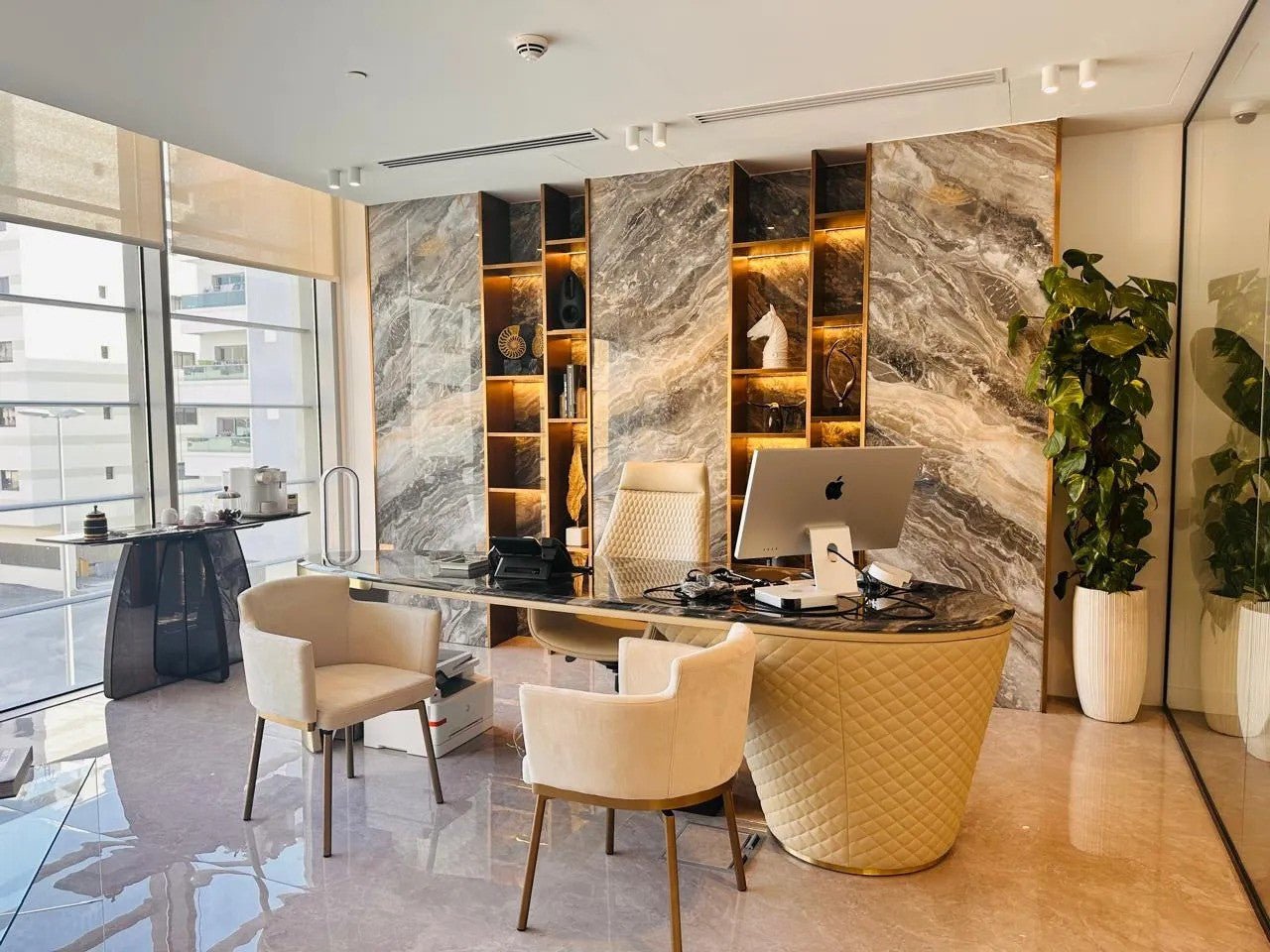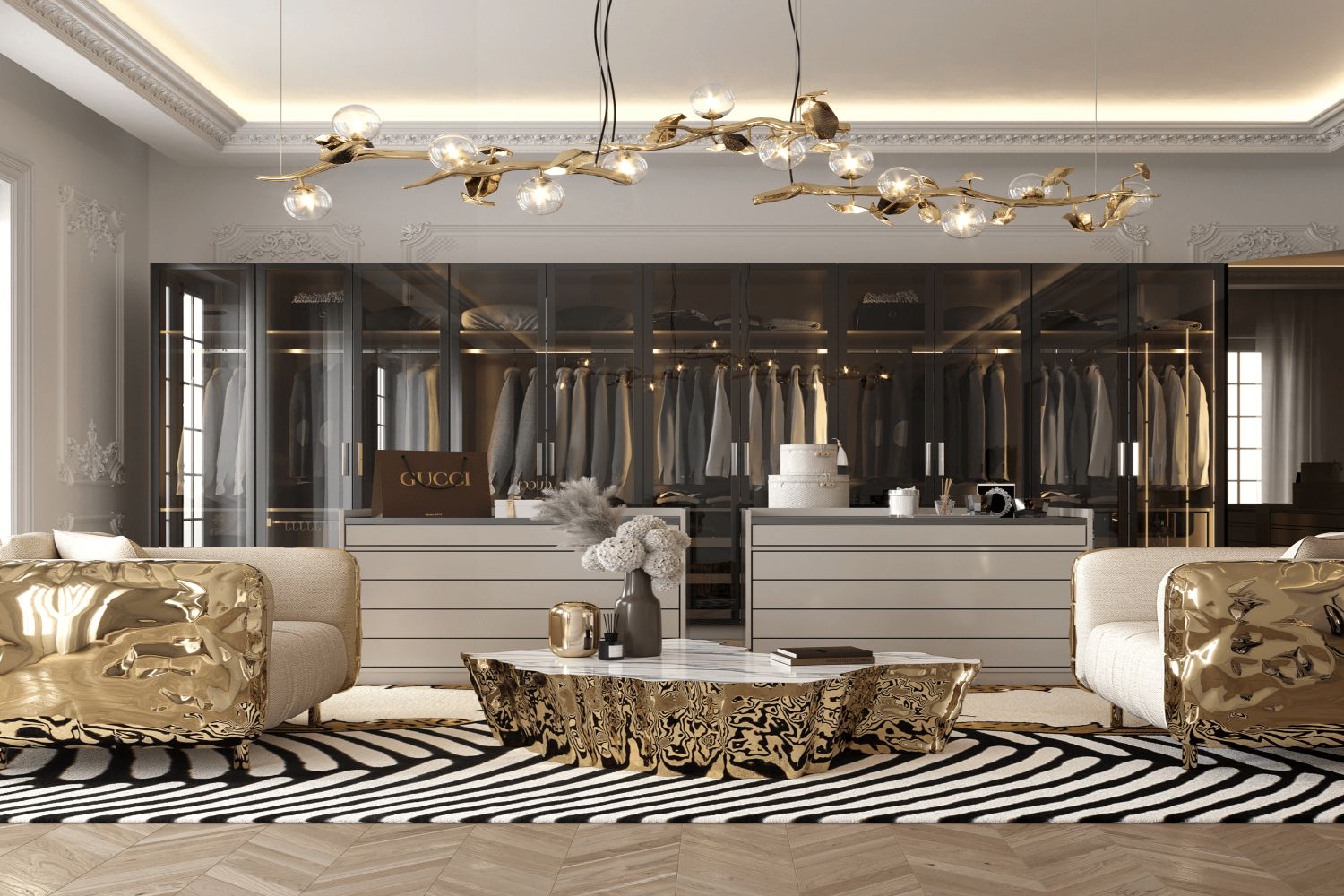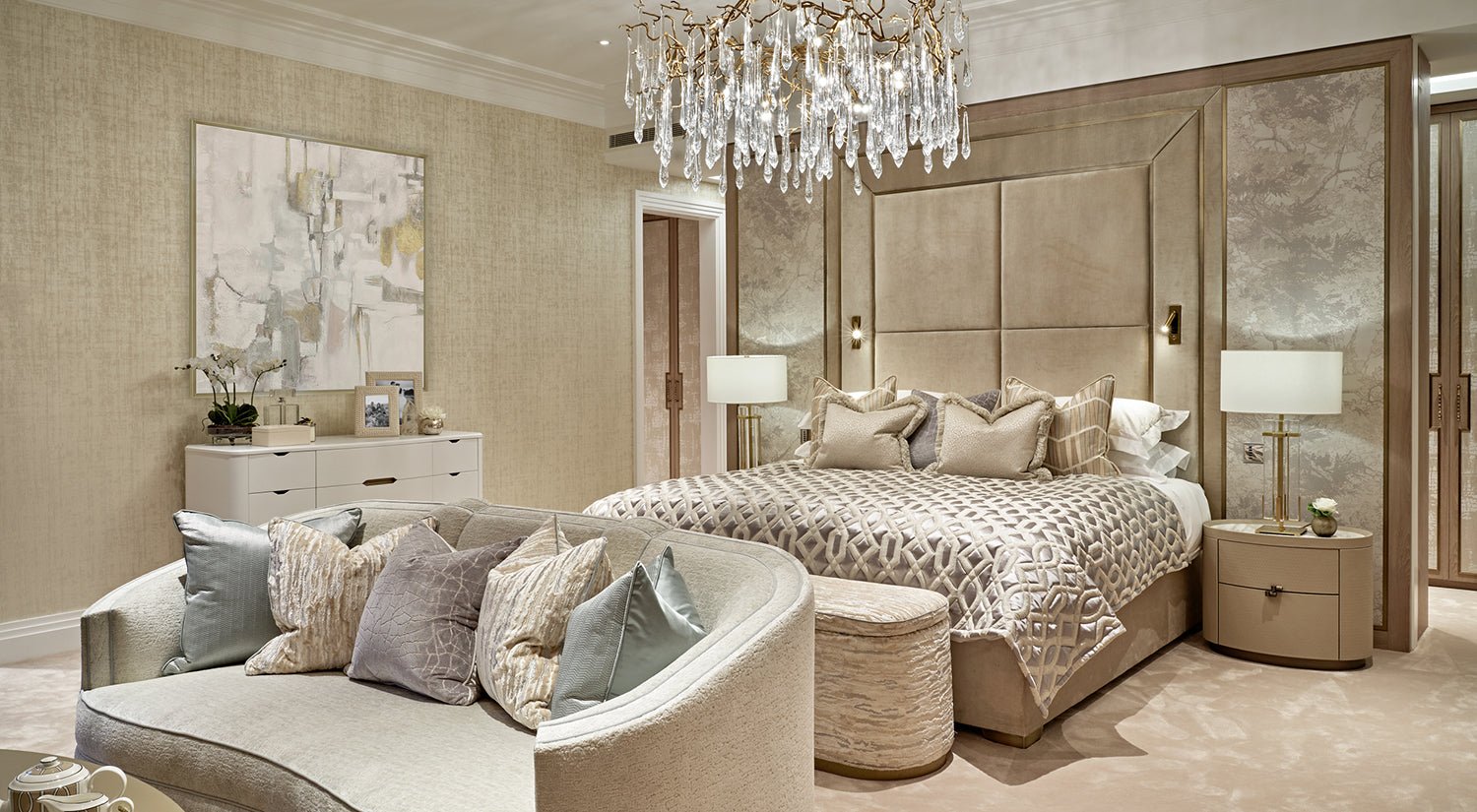With the upcoming debut of our new travertine collection, we’re thrilled to give you a preview of our carefully designed travertine basins. In this post, we’ll explore what travertine is, where it comes from, how it’s used in design today, and how to keep it looking flawless. Plus, we’ll share creative ways to incorporate this enduring natural stone into your interior style.

What Exactly Is Travertine?
Travertine is a type of natural limestone that forms near mineral springs, especially those with hot water. Over time, as water flows through layers of sedimentary rock, it deposits minerals that gradually harden into this distinctive stone.
What sets travertine apart is its naturally porous surface—filled with unique textures and soft patterns that make every piece one of a kind. It’s formed in various locations around the globe, with especially famous sites in Italy (Tivoli), Turkey (Pamukkale), Iran (Badab-e Surt), Mexico (Hierve el Agua), and Spain (Lagunas de Ruidera).
Historically, travertine has been used in large-scale architecture. Think of Rome’s Colosseum, built from around 3.5 million cubic feet of it. Even Paris’s Sacré-Cœur Basilica was built using a variety of travertine that lightens with rainfall, giving it that glowing white appearance.
Today, travertine is prized for its versatility in interior and exterior applications—from flooring and walls to patios, bathrooms, pool surrounds, and elegant furniture. Its color palette spans warm, natural tones like beige, ivory, taupe, cream, yellow, and soft pinks—ideal for creating a grounded and welcoming ambiance.
Travertine is also available in multiple finishes: honed, tumbled, polished, or brushed. Whether you’re leaning into a rustic aesthetic or something sleek and sophisticated, there’s a texture and tone for every taste.

Why Travertine Has Made a Comeback (Though It Never Really Left)
While it might seem like travertine is suddenly trending, this material has long been a favorite in design circles. Its consistent appeal lies in its durability, timeless texture, and natural elegance.
One reason for its popularity? It performs beautifully in both indoor and outdoor settings. Travertine is resistant to temperature shifts and heavy use—making it a smart pick for kitchens, bathrooms, and patios alike.
Another advantage is its adaptability. Travertine’s earthy aesthetic fits just as well in a rustic setting as it does in a minimalist modern one. And with more designers using it in innovative ways—from seamless shower walls to sculptural washbasins—it’s clear that this stone is being reimagined for the modern age.
A First Look at Our New Travertine Collection
We’re proud to introduce our soon-to-launch travertine range, starting with an exclusive line of countertop and wall-mounted washbasins. These designs combine natural beauty with clean, contemporary lines—bringing a luxurious feel to any bathroom.
And that’s just the beginning. Following this release, we’ll be expanding into freestanding travertine bathtubs, offering even more ways to enhance your space with this timeless material.
Pros & Cons: Is Travertine Right for You?

Caring for Travertine: Tips for Long-Lasting Beauty
Keeping your travertine in great shape is easy with a little routine care. Once properly sealed, it's low-maintenance and holds up beautifully with everyday use.
-
Wipe surfaces regularly using a soft cloth and mild soap
-
Avoid acidic cleaners or abrasive scrubbing pads
-
Use pH-neutral stone cleaners for a deeper clean
-
Reapply a quality stone sealant every 1–2 years
-
Address chips or scratches early to preserve its look
By treating your travertine with a bit of care, it will reward you with decades of beauty and performance.
Final Thoughts: Travertine Is Here to Stay
Travertine’s appeal lies in its unique blend of history, function, and beauty. It works across a variety of aesthetics—from organic and grounded to sleek and contemporary—making it a reliable design element that doesn’t follow trends but creates them.
Whether you’re renovating a bathroom, designing a serene living space, or updating your outdoor area, travertine brings a grounded sophistication that few materials can match.
To be the first to hear about our new product drops and get more design tips, sign up for our newsletter and follow us on social media.





